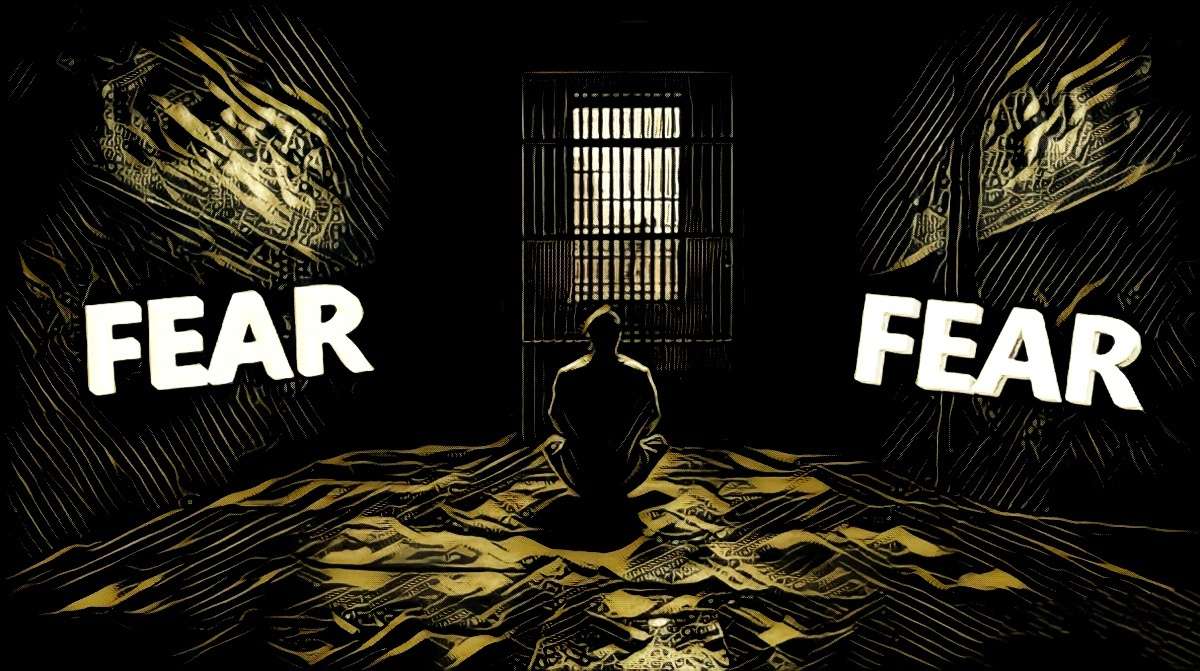
The justice system, a cornerstone of democratic societies, is designed to ensure equality before the law. However, a pervasive criticism leveled against many legal systems is their inherent bias against the poor and downtrodden. This essay will delve into the factors that contribute to this inequality, examining the challenges faced by marginalized individuals in accessing justice, the disproportionate impact of criminal justice policies on disadvantaged communities, and the systemic barriers that impede the pursuit of legal remedies.
The Economic Disparity in Access to Justice
One of the most significant factors contributing to the unequal treatment of the poor in the justice system is the economic disparity in access to legal services. The exorbitant fees charged by attorneys, coupled with the complex nature of legal proceedings, can place a prohibitive burden on individuals with limited financial resources. As a result, many poor people are unable to afford adequate legal representation, leaving them at a significant disadvantage in court. This inequality is exacerbated by the lack of accessible legal aid services, which are often underfunded and unable to meet the overwhelming demand.
The Disproportionate Impact of Criminal Justice Policies
The criminal justice system has a disproportionate impact on marginalized communities, particularly those with high rates of poverty. These communities are more likely to be subjected to discriminatory policing practices, leading to higher arrest rates for minor offenses. Once arrested, individuals from disadvantaged backgrounds often face harsher sentences due to factors such as prior criminal records, which may be a result of systemic biases in the justice system. Furthermore, the high costs of incarceration and the collateral consequences of criminal convictions can perpetuate a cycle of poverty and disadvantage.
Systemic Barriers to Justice
In addition to economic and racial disparities, systemic barriers within the justice system can hinder the pursuit of legal remedies for the poor and downtrodden. These barriers include:
- Complex Legal Procedures: The intricate and often confusing nature of legal proceedings can be overwhelming for individuals with limited education or legal knowledge. This can lead to mistakes and delays that negatively impact their cases.
- Lack of Transparency: The justice system can be opaque, with decisions often made behind closed doors. This lack of transparency can erode public trust and make it difficult for individuals to understand their rights and the reasons for adverse outcomes.
- Cultural Bias: The justice system may be influenced by cultural biases that disadvantage individuals from marginalized communities. These biases can manifest in various ways, including discriminatory language, stereotyping, and a lack of understanding of cultural nuances.
- Language Barriers: For individuals who do not speak the dominant language, communicating with legal professionals and navigating the court system can be a significant challenge. This can lead to misunderstandings and misrepresentations that negatively impact their cases.
- Geographic Disparity: Access to legal services can be limited in rural areas or regions with poor transportation infrastructure. This can make it difficult for individuals to consult with attorneys or attend court hearings, further exacerbating the inequality in access to justice.
The Impact on Mental Health and Well-being
The experience of navigating the justice system can have a devastating impact on the mental health and well-being of individuals from marginalized communities. The stress, anxiety, and trauma associated with legal proceedings can lead to a range of psychological problems, including depression, post-traumatic stress disorder (PTSD), and substance abuse. These issues can further hinder an individual’s ability to function and participate fully in society.
Addressing the Inequality
To address the inequality in the justice system, it is essential to implement a comprehensive set of reforms. These reforms should include:
- Expanding Access to Legal Services: Increasing funding for legal aid programs and promoting the development of pro bono services can help ensure that individuals from marginalized communities have access to adequate legal representation.
- Reducing Systemic Biases: Implementing measures to address systemic biases within the criminal justice system, such as reforming policing practices and sentencing guidelines, can help reduce the disproportionate impact of the law on disadvantaged communities.
- Improving Transparency and Accountability: Increasing transparency in the justice system, through measures such as public access to court records and mandatory disclosure of evidence, can help build public trust and ensure that individuals are treated fairly.
- Providing Cultural Competency Training: Training legal professionals and court staff in cultural competency can help them understand and address the needs of individuals from diverse backgrounds.
- Addressing Language Barriers: Providing language interpretation services and developing materials in multiple languages can help individuals who do not speak the dominant language navigate the justice system more effectively.
- Improving Access in Rural Areas: Investing in transportation infrastructure and expanding the availability of legal services in rural areas can help reduce geographic disparities in access to justice.
By implementing these reforms, we can create a more just and equitable society for all.






